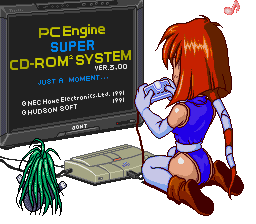Everything needed to know about the components when in need of repairing the Briefcase.
Components Text File:
http://www.retrosampling.se/Temp/IFU-30/IFU-30%20Components.txt
PDFs for circuits and special components:
http://www.retrosampling.se/Temp/IFU-30/IFU-30%20PDF.zip
Manual: in Japanese (PDF)
http://www.retrosampling.se/Temp/IFU-30/NEC%20IFU-30%20Manual%20(Japanese).pdf
IFU-30 Main Board PCB:

Large: http://www.retrosampling.se/Temp/IFU-30/IFU-30%20Main%20Board%20PCB.jpg
IFU-30 RAM Board PCB:

Large: http://www.retrosampling.se/Temp/IFU-30/IFU-30%20RAM%20Board%20PCB.jpg
Components Text File:
http://www.retrosampling.se/Temp/IFU-30/IFU-30%20Components.txt
PDFs for circuits and special components:
http://www.retrosampling.se/Temp/IFU-30/IFU-30%20PDF.zip
Manual: in Japanese (PDF)
http://www.retrosampling.se/Temp/IFU-30/NEC%20IFU-30%20Manual%20(Japanese).pdf
IFU-30 Main Board PCB:

Large: http://www.retrosampling.se/Temp/IFU-30/IFU-30%20Main%20Board%20PCB.jpg
IFU-30 RAM Board PCB:

Large: http://www.retrosampling.se/Temp/IFU-30/IFU-30%20RAM%20Board%20PCB.jpg


